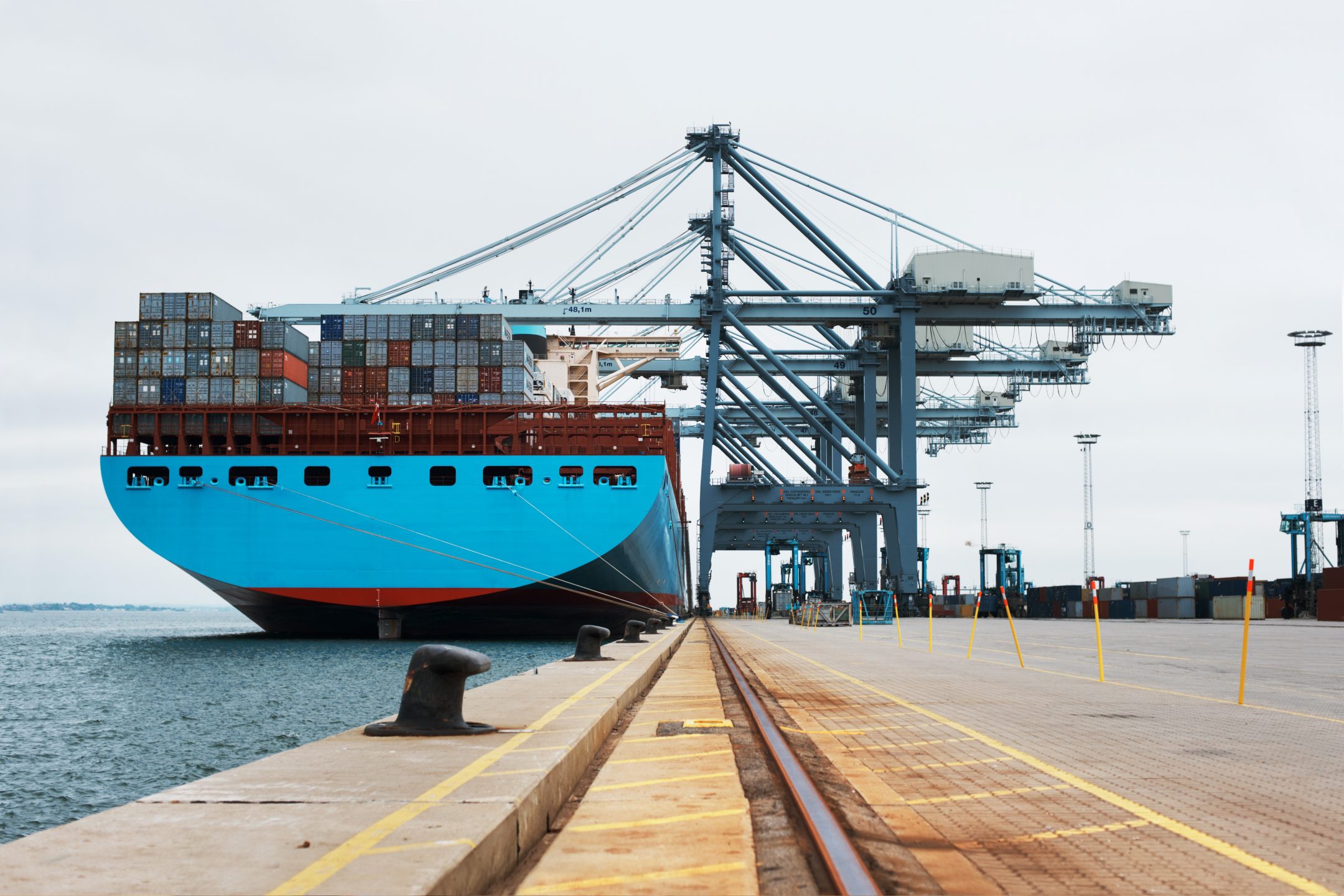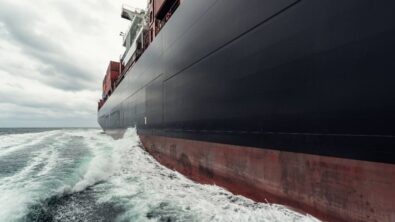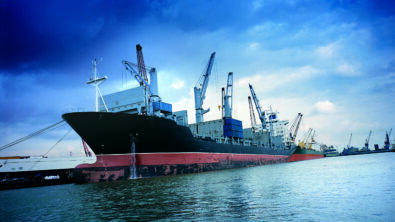Building Ships Sustainably with Digital Transformation (ep. #2)

Welcome to The Marine Industry Podcast Series – a podcast all about the evolving technology of the marine industry.
Sustainability and digital transformation are affecting numerous industries worldwide. Automotive and aerospace, for example, are exploring new methods of sustainable power sources to clamp down on carbon emissions while using digital twins and digital threads to optimize their product designs. So, what does that look like for the marine industry?
In today’s episode, Jan van Os, Vice President of the Marine Industry at Siemens Digital Industries Software, and Dale Tutt, Vice President of Industry Strategy at Siemens Digital Industries Software, continue their discussion from the previous episode, exploring what sustainability means for the marine industry, as well as how digital transformation can influence a ship’s entire lifecycle.
In this episode, you will learn:
- The design requirements for sustainable ship design
- How sustainability can be achieved across a shipbuilding ecosystem
- How to use digital transformation to connect the product lifecycle
- How effective data management can help ship designers
- Where simulation can optimize ship design

Jan van Os – Speaker
Jan van Os is the Vice President for the Marine Industry for Siemens Digital Industries Software.

Dale Tutt – Speaker
Dale Tutt is the Vice President of Industry Strategy for Siemens Digital Industries Software.
Related Links
Drivers of the industry (ep. 1)
Simulating seaworthy ships (ep. 3)
The future of the marine industry is digital (ep. 4)

The Marine Industry Podcast Series
In the shipping industry, they want to minimize risk by using onboard sensors that can alert the crew and onshore partners to potential problems before they occur. Also, operators want training that costs less; and virtual reality saves money while providing skill levels, creating a new training business for the equipment maker. Finally, it’s essential to minimize downtime, and augmented reality can guide the crew by giving on-site help with access to remote support, which is an opportunity for the equipment supplier.
Creating a digital twin of a ship or a virtual representation of its onboard systems may not be the entire vessel—but it’s a great starting point. A digital ship uses various innovative technologies available today in operation and management companies.


